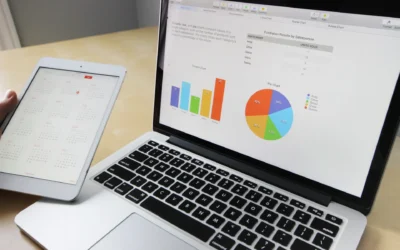Regular saving accounts pay an average interest rate of 0.09%, barely enough to keep up with the rising inflation. High-yield saving accounts offer pay rates that are almost 20 times higher.
Under such circumstances, a high-yield savings account would be a wise choice, but it is essential to learn its pros and cons before investing. The popularity of high-yield saving accounts is on the rise due to their higher pay rates. While a regular savings account pays an interest rate of approximately 0.09%, a high-yield saving account can help you earn 20 times more.
Like everything else, these saving accounts come with their fair share of pros and cons. There are always a few downsides to everything that must be considered.
These pros and cons have stricken many debates about regular savings vs. high-yield savings. We explore some of the advantages and disadvantages of high-yield savings to make an informed decision.
Pros Of High-Yield Savings
Higher Returns:
Generally, the interest rate for high-yield savings rounds off at 1% on average, considerably higher than the 0.09% of regular savings.
Daily Compounding:
In high-yield accounts, the interest rates are compounded daily, making it possible to earn a handsome amount without making a large sum of investment.
FDIC Insurance:
Most high-yield accounts have FDIC insurance, which makes it risk-free to deposit your money in the account. Your deposit will remain safe if the money gets stolen from the bank.
Accessibility:
The best part about having a high-yield savings account is that the money is always accessible. This proves to be especially beneficial in case of emergencies.
Zero Additional Costs:
Another redeeming feature of high-yield savings is that it does not have any hidden or additional costs (in most cases). If you choose a reputable bank, they won’t charge any extra monthly fee.
Cons Of High-Yield Savings
Fluctuating Interest Rates:
Although banks advertise high APY, they can fluctuate, and high rates might not last forever.
Not Suitable For Long-Term Growth:
Even though the interest compounds daily, your earnings might not be suitable for long-term growth, especially with the increasing inflation around the globe.
Limited Access Per Month:
As per the federal withdrawal limit, account holders can only access their cash up to 6 times in one month. Anyone who tries to access the money more than 6 times might get charged with a penalty fee or face account closure.
Limited Customer Support:
Most online saving accounts do not have physical banks resulting in limiting customer support. All queries are addressed via chats or calls, which aren’t feasible for many.
Final Notes
Despite all the downsides, a high-yield saving account is the better option for maximizing your savings when saving up for a specific occasion. It’s also risk-free, so there isn’t much reason for you to worry. In the competition between regular vs. high-yield savings, we deem high-yield savings as the winner.




